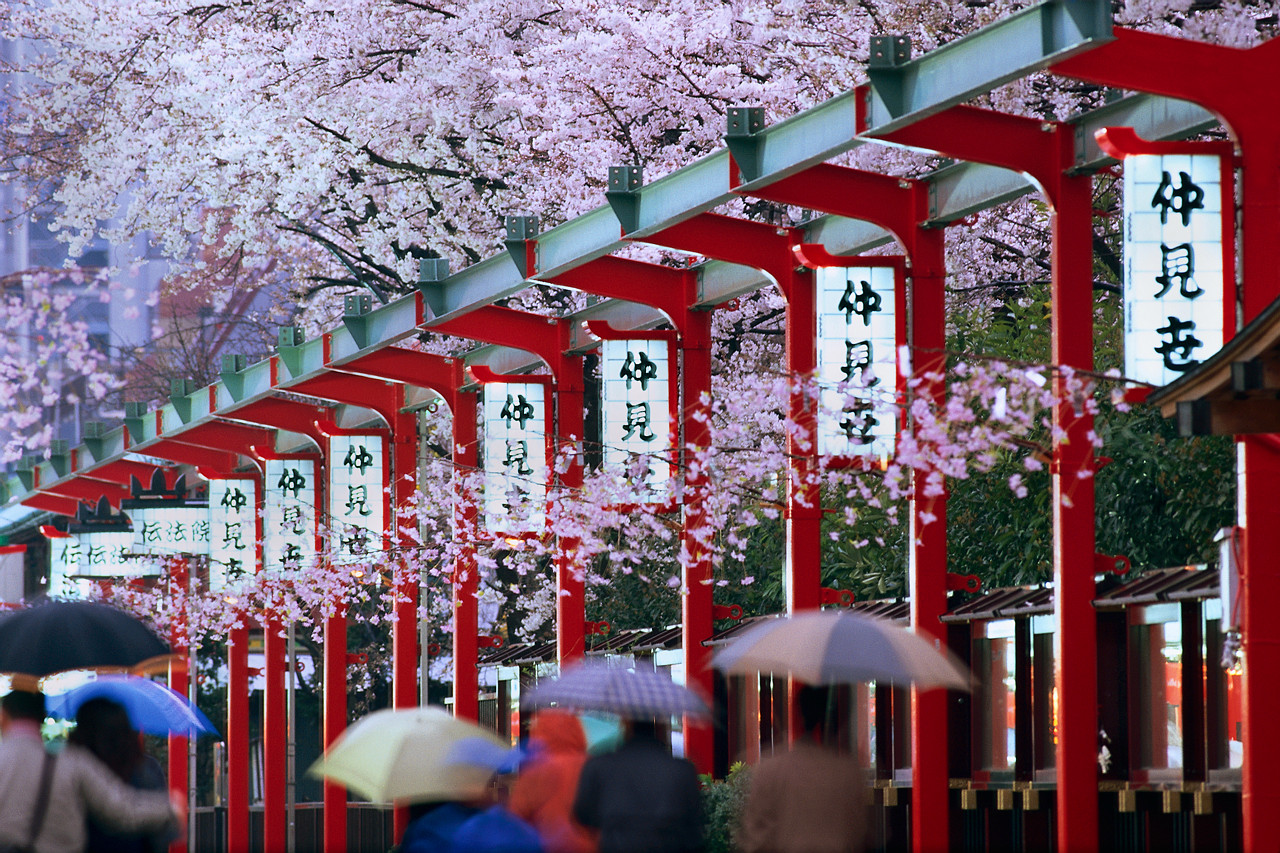Kawaii is a term that is closely associated with Japanese culture, and it refers to the concept of cuteness. The word itself means “cute” or “adorable” in Japanese, and it has become a cultural phenomenon that has taken the world by storm. Kawaii is a unique cultural element that has a deep connection with Japan’s history and modern society. In this article, we will explore the concept of Kawaii and its significance in Japanese culture.
Origins of Kawaii
Kawaii has its roots in the Heian period (794-1185), which is known for its elegance, refinement, and aristocratic culture. During this period, women who were members of the court would apply white powder to their faces to make themselves appear more attractive. This practice became known as shironuri, and it is considered to be one of the earliest examples of the Kawaii culture.
In the Edo period (1603-1868), the concept of Kawaii evolved into something that was more accessible to the general public. During this time, Kabuki actors would apply makeup to their faces in order to make themselves look younger and more innocent. This was done to appeal to audiences who enjoyed seeing youthful, innocent characters on stage.
In the post-World War II era, the Kawaii culture became even more prevalent. This was due in part to the influence of American culture, which brought with it a new sense of freedom and individuality. Japanese youth began to embrace the Kawaii culture as a way to express themselves and break away from traditional cultural norms.
Today, Kawaii has become a global phenomenon. It is not limited to Japan but is also popular in other parts of the world, particularly in Asia. Kawaii culture has been embraced by people of all ages and genders, and it is now a part of the mainstream culture in Japan.
The Kawaii Aesthetic
The Kawaii aesthetic is characterized by a number of distinctive features. These include the use of pastel colors, exaggeratedly cute facial expressions, and childlike features. Characters associated with Kawaii culture are often anthropomorphic animals or objects that have been given human characteristics. These characters are often depicted in a variety of media, including anime, manga, and video games.
One of the most famous Kawaii characters is Hello Kitty. Created by the Sanrio Company in 1974, Hello Kitty is a cat-like character that has become a cultural icon in Japan and around the world. Hello Kitty has been featured on a wide variety of products, including clothing, accessories, and household items.
https://certshub.quora.com/How-to-pass-the-Fortinet-NSE5_FMG-7-0-exam
https://certshub.quora.com/How-to-prepare-for-the-Fortinet-NSE7_EFW-7-0-exam
https://certshub.quora.com/What-is-the-best-way-to-pass-the-IIA-CRMA-exam
https://certshub.quora.com/How-to-pass-the-Fortinet-NSE5_FAZ-7-0-exam
https://certshub.quora.com/How-to-pass-the-Juniper-JN0-363-exam
https://certshub.quora.com/How-to-pass-the-IAPP-CIPM-exam-in-a-short-time
https://certshub.quora.com/Are-SAP-C_BW4HANA_27-PDF-Dumps-valid
https://certshub.quora.com/What-is-the-best-way-to-pass-the-Linux-Foundation-CKAD-exam
https://certshub.quora.com/How-to-prepare-for-the-IAPP-CIPP-US-exam
https://certshub.quora.com/What-is-the-best-site-for-IAPP-CIPP-E-PDF-dumps
https://certshub.quora.com/Where-can-I-get-the-Updated-Salesforce-Sales-Cloud-consultant-exam-dumps
https://certshub.quora.com/How-to-get-the-Nutanix-NCA-6-5-exam-questions
https://certshub.quora.com/How-to-pass-the-Fortinet-NSE4_FGT-7-2-exam
https://certshub.quora.com/How-do-I-pass-the-Scrum-PSM-I-exam
https://certshub.quora.com/Where-can-I-buy-Salesforce-Financial-Services-Cloud-exam-dumps
https://certshub.quora.com/Where-can-I-buy-Microsoft-AZ-104-exam-dumps
https://www.linkedin.com/pulse/valid-2k23-sap-cs4cdk2023-practice-test-questions-/
Another popular Kawaii character is Pikachu. Pikachu is a character from the Pokémon franchise, and it has become one of the most recognizable characters in the world. Pikachu is a yellow, mouse-like creature that has electrical powers, and it has been featured in a variety of media, including video games, anime, and movies.
The Significance of Kawaii in Japanese Culture
Kawaii culture has a deep significance in Japanese culture. It is seen as a way to express individuality, as well as a way to escape from the pressures of everyday life. The Kawaii aesthetic is often associated with youth and innocence, and it is a way for people to embrace those qualities and express themselves in a playful and fun way.
Kawaii culture has also had a significant impact on the Japanese economy. The popularity of Kawaii characters has led to a wide variety of products being produced, ranging from clothing and accessories to food and beverages. The Kawaii aesthetic has also been incorporated into advertising and marketing, with companies using cute characters to promote their products.





